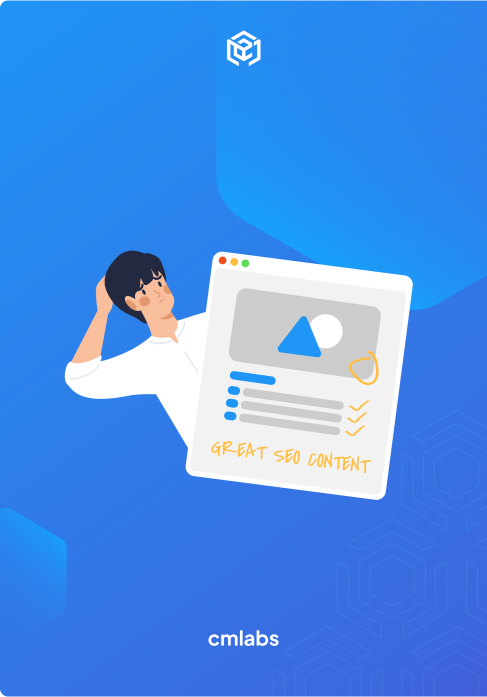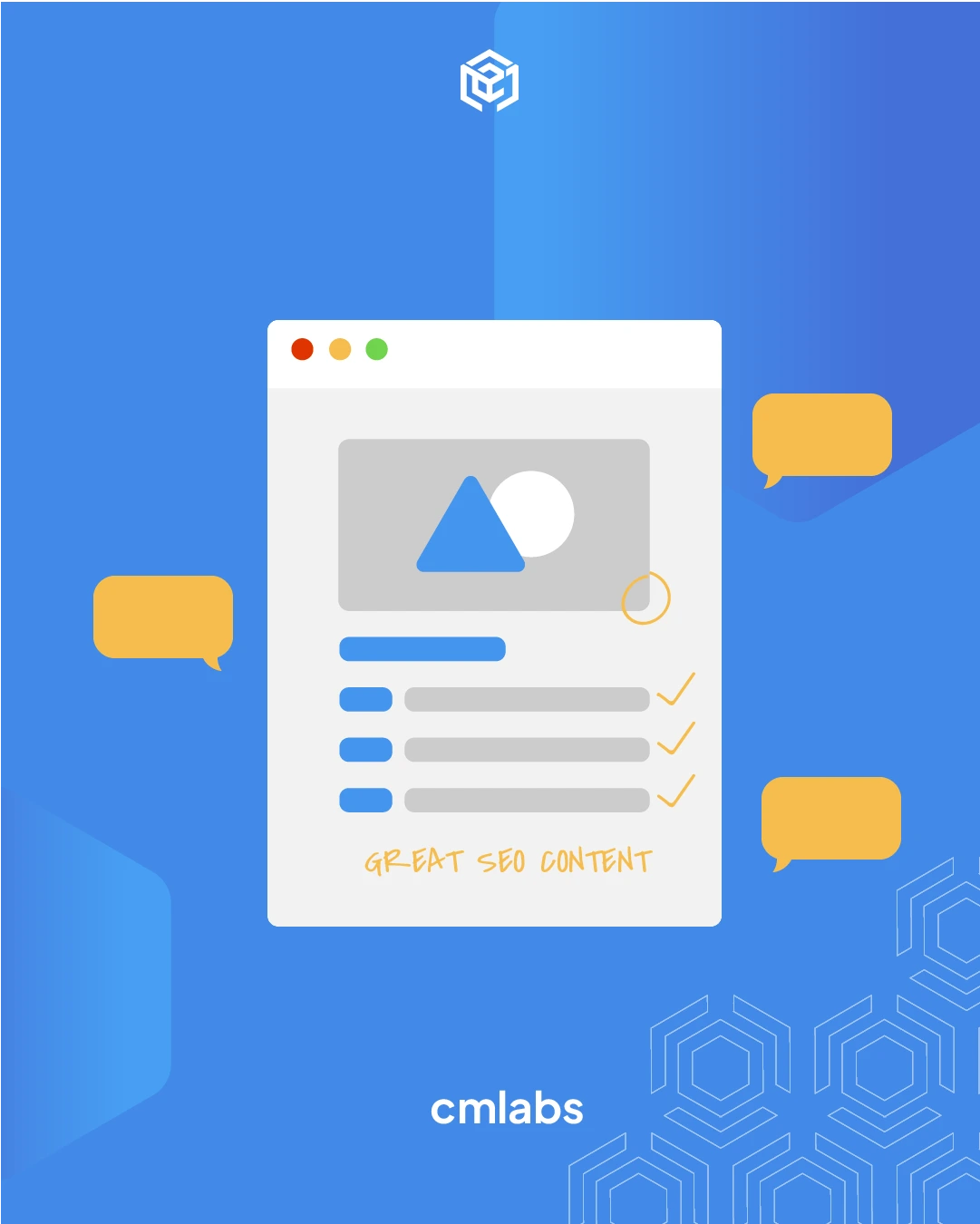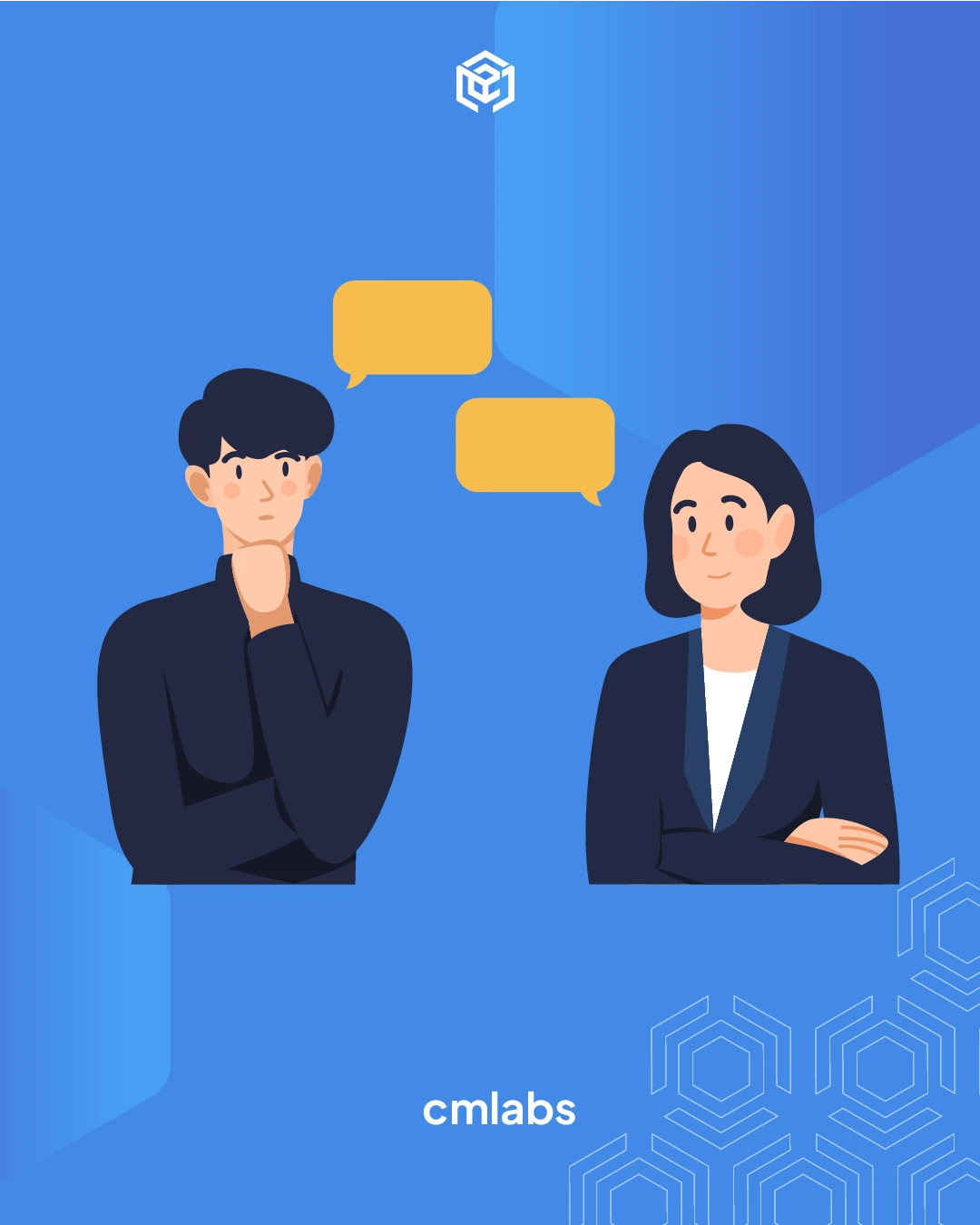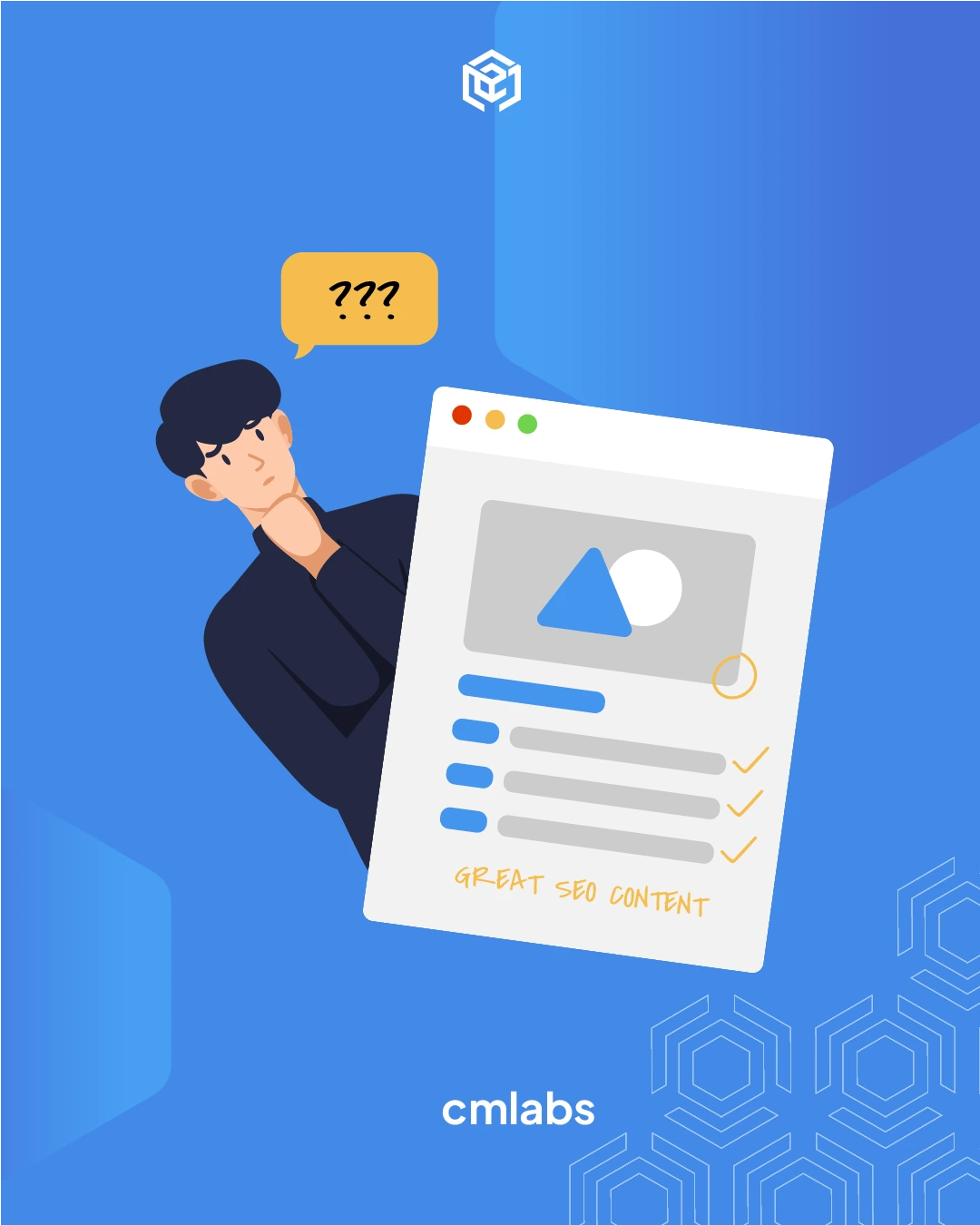We use cookies
This site uses cookies from cmlabs to deliver and enhance the quality of its services and to analyze traffic..
SEO SERVICES
Conduct in-depth technical website audits, strategically develop website projections, and increase your website authority.
ASO SERVICES
Elevate Your App’s Presence with Our Expert ASO Services – Boost Visibility and Drive Downloads!
WRITING SERVICES
We offer a variety of writing services to suit different business necessities. Reach broader audiences or lead specific industries? We've got you covered!
Get relevantly positive media exposure from bloggers and online publishers to increase your brand mentions on search engine results pages.
SEOlutions
A unified source of truth!
SEO & Digital Maternity Solution
SEO & Digital Maternity Solution: Leverage Cross-Platform Insights to Elevate Your Strategy with Expert Consultation
SEO & Digital Maternity Solution
Data Solution options:
Starting from Rp200 mio
Reinventing how a company get creative treatments
A new way to get your creative needs done. Agile team, efficient cost, and expedient way in a flexible yet scalable subscription plan!
Creative-as-a-Services
CaaS package options:
Based on Subscription
Pioneer in digital marketing software powerhouse
We’re excited to unveil our new range of Tech Solutions designed to drive your digital success. Whether you’re looking to enhance your website’s performance, streamline your tech stack, or unlock deeper insights from your data, we’ve got you covered.
Starting from Rp250 mio
Our Clients
Research and innovation center for digital transformation
Digital marketing combines technical skills and business knowledge at every stage. For marketing teams, improving budget management efficiency is crucial, as time is an invaluable resource that should be used wisely. At Sequence, we are dedicated to empowering you to optimize efficiency and strategic planning, ultimately enhancing the impact of your digital marketing efforts.
Subscription-based (IDR1,800/keyword)
Our Clients
BeyondSEO
References
SEO Tools for Webmasters
SEO Tools for Writers
SEO Tools
FIND THE SUITABLE PARTNERSHIP FOR YOUR COMPANY
Check out which cmlabs partnership program suits your company
WHITE LABEL SEO
for CorporateYour company is granted exclusive partnership rights to provide SEO services to our important clients, and we will provide a dedicated backend team to support your efforts.
AFFILIATE PROGRAM
for BizdevA new affiliate program is being introduced for skilled marketers and individuals with strong networks, offering commissions of up to 7% for generating profits independently.
DIGITAL AGENCY
for Marketing Partnerscmlabs is an essential partner for digital agencies, providing a unique selling proposition in Search Engine Optimization (SEO).
BACKLINK PARTNERSHIP
for Media / BloggerWe have a vast database of bloggers and media outlets across Indonesia, categorized by region and media type, giving our clients an edge in managing their media and SEO activities.
OFFICIAL TRAINING
We provide ongoing professional development and support to SEO professionals to ensure they are equipped to meet market demands.
JOIN AS CONTRIBUTOR
for Content WriterGreat opportunity for SEO Writers around the world. T&C applied!
ACADEMIC PARTNERSHIP
Through partnerships with universities in Indonesia, cmlabs has helped align academic curricula with industry demands.
Partnership
Sector & Industries
Tell us your SEO needs, our marketing team will help you find the best solution
As an alternative, you can schedule a conference call with our team
Schedule a Meeting?Contact
Survey
We use cookies
This site uses cookies from cmlabs to deliver and enhance the quality of its services and to analyze traffic..
Last updated: Mar 27, 2021
User Experience (UX) is a process which is used to create products that provide meaningful and relevant experience for the users to increase satisfaction, easiness in interacting with a system or product which is symbolized in the form of human-computer interaction.
User Experience is very important because it tries to fulfill the user's needs, which aims at providing a positive experience that makes the users loyal to the product or brand for the continuity of business.
There are some steps in creating user experience, they are:
1. User Personal
The first step in this process is that knowing the client, by knowing the personality of the client, the user can develop experiences related to the client’s voice and emotion.
2. Interview
Conducting an interview with clients to get insight about what will be applied in the design to make it effective. The best way to get information directly is that learning and interacting with clients.
3. Job Stories
A brief description of the features which will be developed in the product which is delivered from client’s point of view.
4. Funtionality Map
After knowing which features are wanted by the client, the designer must design a Functional Map to generate a page which will be created and useful to clearly organize all of the pages and sub-pages in the product.
5. Wireframes
A wireframe is a visual guideline that represents the outlines of a product and gives a display preview and the feel of the created product. By using wireframe, it can decrease the problems that arise before developing into program code where it can save the time of developing.
6. Prototyping
Prototype is a “mockup” version of the final product created, which is then used for user testing before launching the products. It aims at decreasing the time in development and money wasted that often occur in a product before launch.
7. Usability Testing
Usability testing is a way to verify how easy the use of the product is and verify it with the real user to identify the obstacles and problems which appear while using the product.
Some factors that influence in creating user experience are:
Useful means the products or services that are provided must be useful and meet the client's needs.
Usable means the system of the product must be simple and easy to be used by the client.
Desirable means the pictures, identity, brand, and the other element designs that are used to evoke emotion and appreciation.
Findable means information that is contained on a product is easy to be found and navigated.
Accessible means the products or services that are designed must be friendly for disabled people in order to have the same experience as other users.
Credible means the designer must make the client trust what the designer delivered to the client.
Valuable means the products or services must have value. For non-profit products, the user experience must reach their mission, whereas for profit products, the user experience must have a contribution to the satisfaction of the client.
Project Management focuses on the planning and organizing project and their sources from forming a project team, formulating designs into project completion.
User Research focuses on understanding of user behavior, needs, and motivation through observation technique, assignment analysis, and other feedback methodology.
Usability Evaluation focuses on how well the user can learn and use a product to get its purpose. It also refers to how satisfied a user towards a process.
Information Architecture focuses on how information is arranged, organized, and presented to users.
User Interface Design focuses on anticipating things that might need to be done by the user and making sure that the interface has elements that are easy to be accessed, understood, and used.
Interaction Design focuses on creating interesting and interactive systems based on user behavior.
Visual Design focuses on making sure that the interface is in line with the brand’s goals.
Content Strategy focuses on writing useful content.
Accessibility focuses on how the disabled user can get the same experience as well as other users without differentiating it.
Web Analyst focuses on submitting, reporting, and analyzing website data.
WDYT, you like my article?
Couldn't find result for "Mulki" try to search with different keyword
Suggestion:
Tell us your SEO needs, our marketing team will help you find the best solution
As an alternative, you can schedule a conference call with our team
Schedule a Meeting?



cmlabs Jakarta Jl. Pluit Kencana Raya No.63, Pluit, Penjaringan, Jakarta Utara, DKI Jakarta, 14450, Indonesia
(+62) 21-666-04470These strategic alliances allow us to offer our clients a wider range of SEO innovative solutions and exceptional service.

Psst! Hey there, SEO Stats and Tools SEO company! If you've ever planned of conquering the Indonesia market, you've come to the right place!